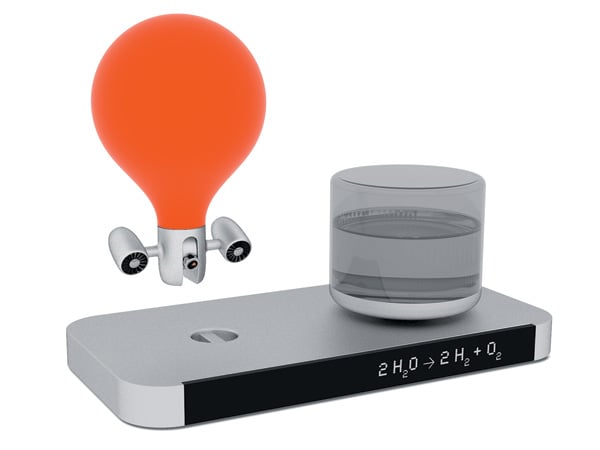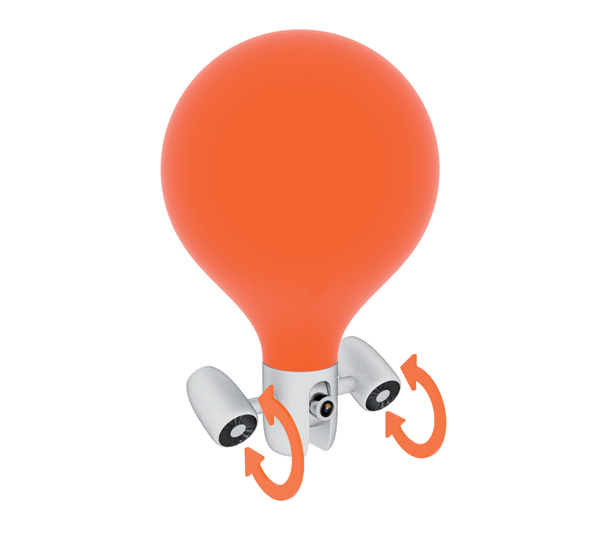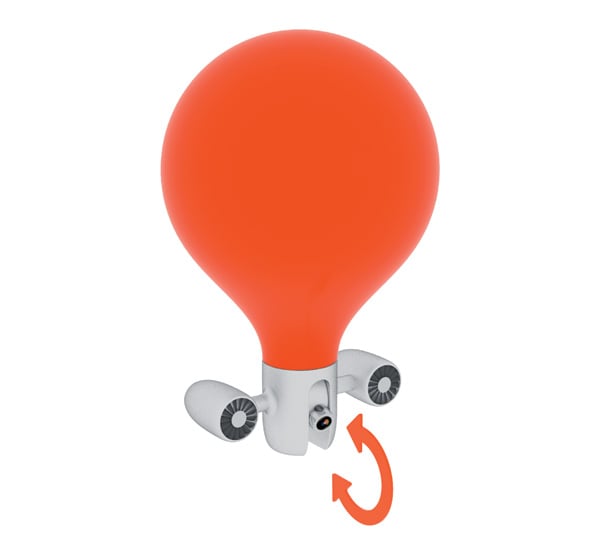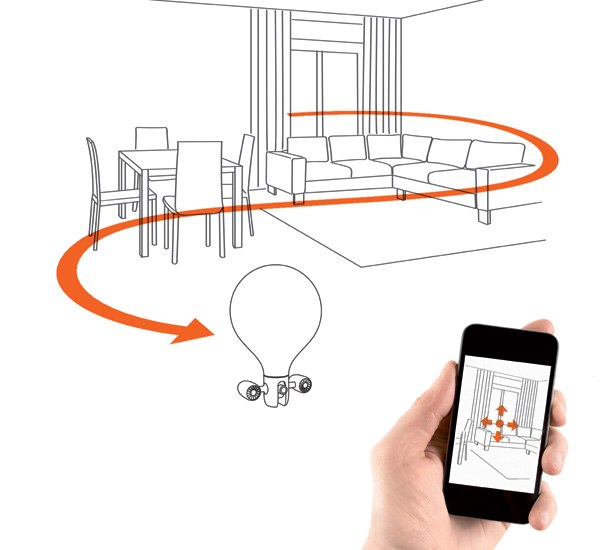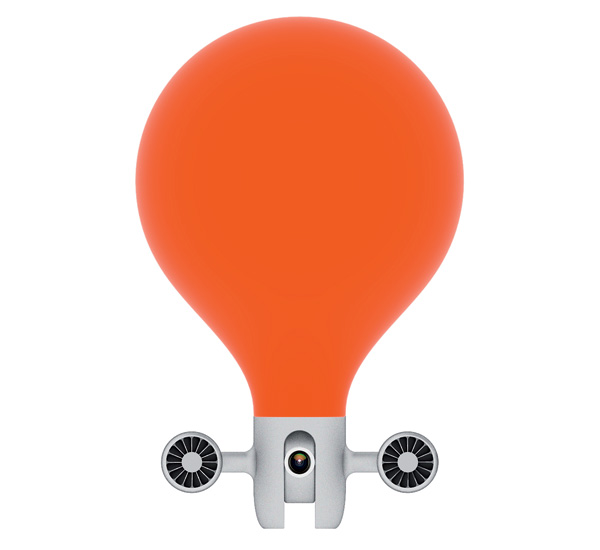As aggressive as Google has been about pushing updates to Google Maps for Android, large swaths of those additions have been unavailable to third-party app developers. They're now on a more level playing field now that a version 2.0 Maps API is rolling out the door. The revamp is more accommodating of tablets and other big-screen gear through support for Android Fragments; many of Maps' more advanced information layers, such as indoor maps, are likewise exposed to those who don't work at a Google campus. The additions are already finding their way into apps from Trulia and a handful of others, but every other mobile developer with a cartographic bent can hit the source to upgrade their handiwork.
Filed under: Cellphones, Tablets, Mobile, Google
Via: Lat-Long Blog
Source: Google Developers


